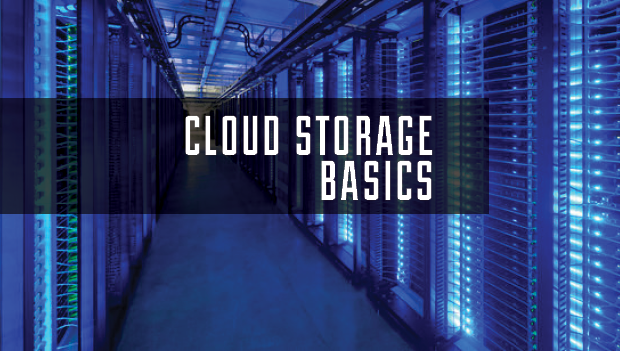Data storage demands for the enterprise continue to rise, giving cloud computing a new challenge: how to store data efficiently and seamlessly. Cloud Block Storage allows enterprises to store more, but you’ll need to consider your enterprise’s databases, data management and existing file storage systems.
Cloud Block Storage allows customers to provision storage independently of the server, but system demands can make block storage a little tricky. A block-based storage approach allows the gateway to work directly with blocks, 512-byte units of storage. Blocks are the foundation underneath file systems. Some applications bypass the file system and go directly to blocks in order to gain a performance edge.
Because a virtualization layer separates the cloud block storage system, backup tasks can be performed underneath the storage layer. Enterprise customers can use cloud block storage to build up clusters of storage nodes, which allows them to increase the processing and storage capacity by adding more storage points and having I/O paths talking to different nodes.
Rackspace built Cloud Block Storage on OpenStack, bringing with it a common interface for customers to interact with their storage. Enterprise customers can use multiple clouds without having to retool applications.
Controlling Your Storage
Whether or not cloud block storage is right for your enterprise requires an assessment of your data storage needs. Consider your company’s performance and utilization demands and allocation needs. The upside is cost and scalability benefits as well as new efficiencies. You assign Cloud Block Storage to a working server running applications. This storage holds active application data beyond data objects and more along the likes of database transactions, messages or files that accessed regularly. Essentially, block storages looks and acts like a single hard drive (not a storage volume) to a server.
Standard volumes work well for your everyday file system needs, and SSD volumes deliver even higher performance for databases and other input/output-intensive applications. Both standard and Solid State Drive (SSD) volumes work with all sizes of next-generation cloud servers. If your company requires very high performance with random reads and writes, the SSD delivers performance in one drive. If a client’s storage demands increase for peak periods, the customer can move from standard to SSD and then de-provision the SSD storage when you no longer need it. The SSD is pricier, at $0.70 per GB per month. The standard service, based on hard disks, costs $0.15 per GB per month.
Another consideration for your enterprise: Cloud Block Storage allows you to create and delete volumes independently of the cloud servers they’re attached to. Customers can create volumes ranging from 100 GB to 1 TB in size and choose from either SATA or SDD volume types. Additionally, Cloud Block Storage provides persistent data storage for next generation cloud servers. Persistent storage can exist independent of your cloud server, even after you delete the server. The local storage bundled with cloud servers exists only as long as the cloud server does. When you delete the cloud server, you also delete its local storage.
Cloud computing has introduced some interesting opportunities as well as challenges. We’re now looking at a shift in cloud storage — and there’s more to come.


